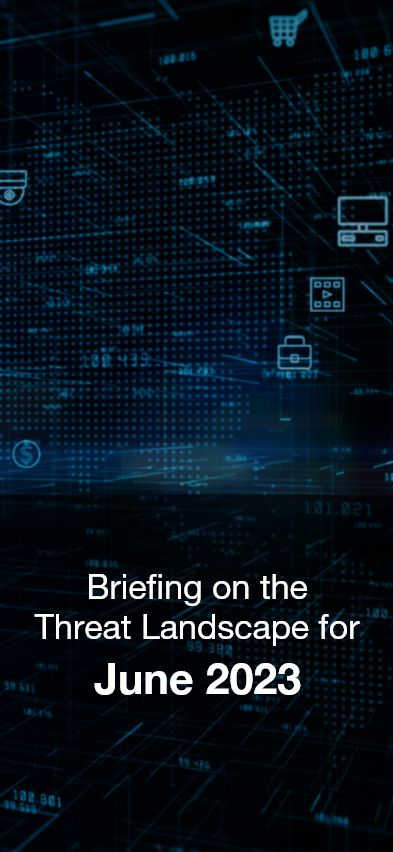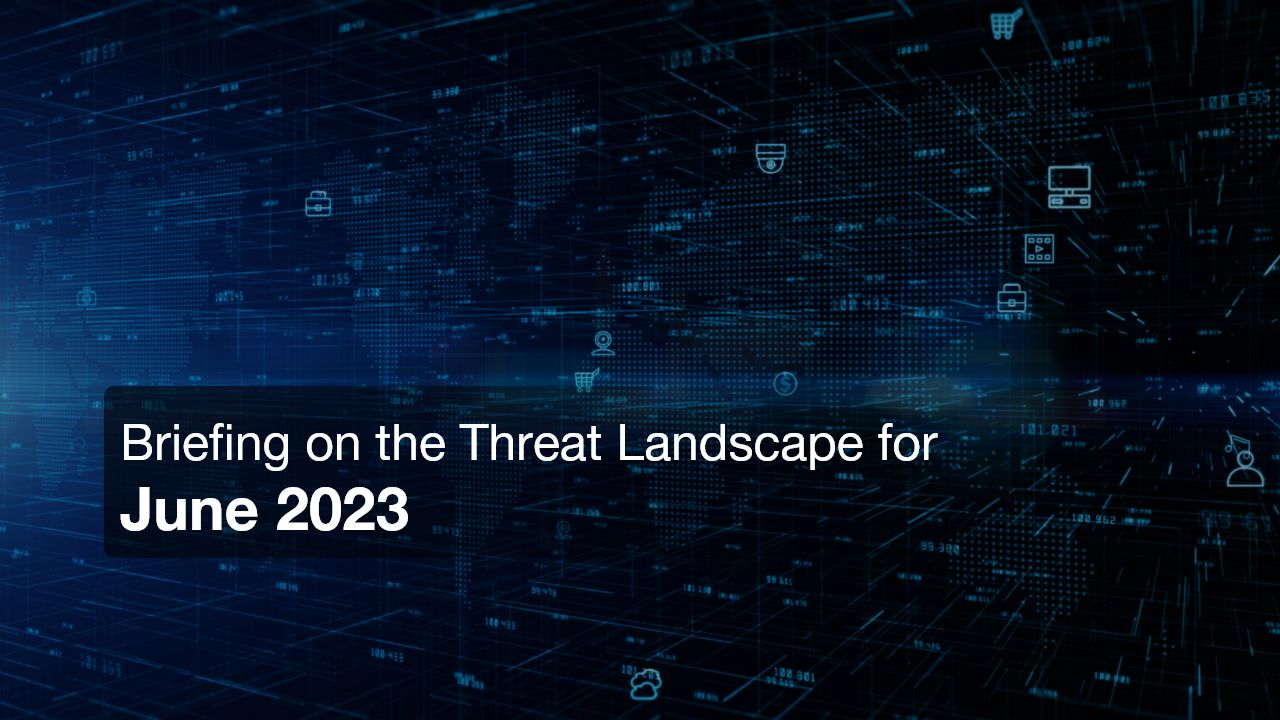

Posted On Sep 09 2023 | 16:36
The term “threat landscape” refers to the complete scope of potential and already identified cyber threats that can impact a specific sector, a group of users, or a defined time period. Within this landscape, various elements are encompassed, such as vulnerabilities, malware, and distinct groups of attackers with their corresponding techniques, all of which pose significant risks to a particular sector, enterprise, or organization.
The threat landscape is subject to dynamic changes over time, as well as being influenced by events of significant impact on the organization, group of people, or sector for which it is defined.
For example, the widespread transition to remote work in 2020 led to the emergence of attacks targeting remote-access tools, which found their way into the threat landscapes of numerous companies.
